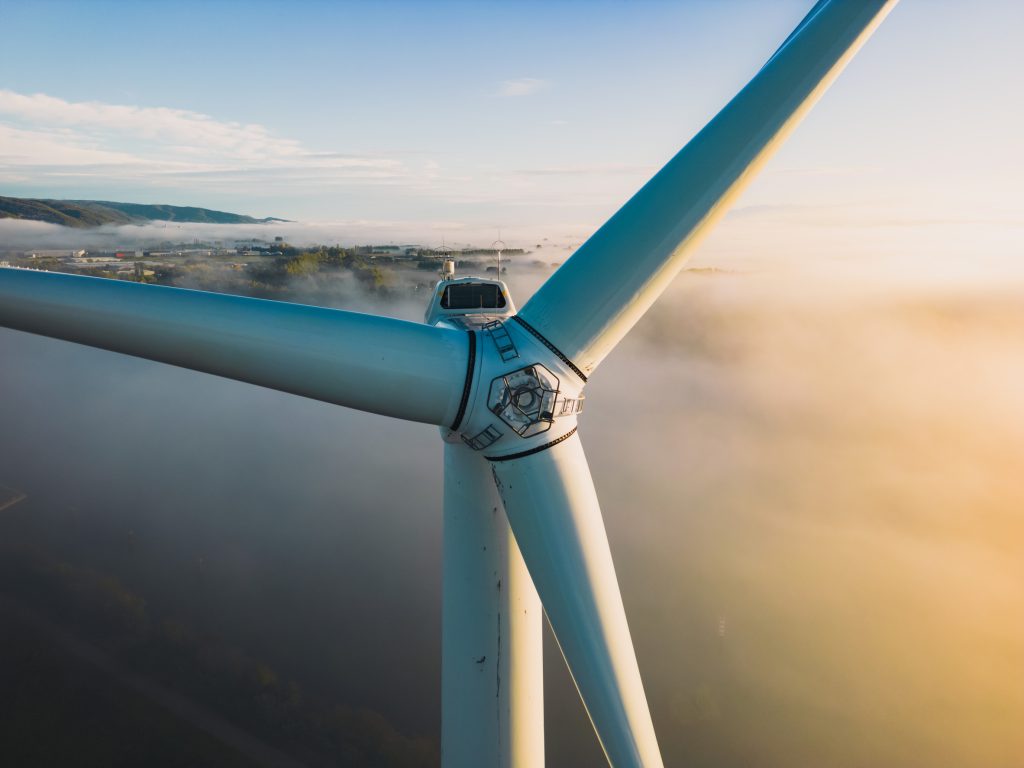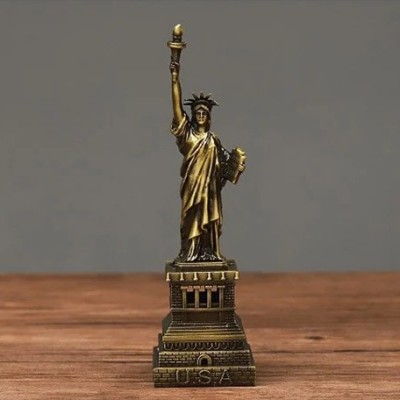
www.optimistdaily.com
From wind farm to front door: architects turn turbines into tiny homes
BY THE OPTIMIST DAILY EDITORIAL TEAM
Step inside Nestle, and you might think you’re in a sleek, minimalist cabin. The sunlight filters through glass doors, white walls glow under a skylight, and four solar panels gleam overhead. Step outside, though, and the secret is revealed: this cozy 35-square-meter pod once spun on a windy plain as the nacelle of a 20-year-old V80 2MW wind turbine.
Nestle, named as a playful nod to the word “nacelle,” is the world’s first tiny home crafted from a turbine’s engine housing. Dutch company Blade-Made, born out of the architecture firm Superuse Studios, sees it as proof that even the most complex turbine parts can be reborn.
“This is basically the most complex thing that you can do with it,” said Jos de Krieger, Blade-Made co-founder. “So all the other less complex things are now easier to imagine and to realize, because this has already been done.”
The challenge of turbine waste
Wind power is booming. It currently supplies about eight percent of the world’s electricity today, with the share expected to nearly double by 2030. But turbines don’t last forever. After 20 to 25 years, their blades and nacelles often end up as waste. Unlike steel towers, these fiberglass-heavy parts are notoriously difficult to recycle.
Estimates suggest the U.S. alone could generate 2.2 million tons of blade waste by 2050. Many European countries have already banned sending these hulking parts to landfills, raising the stakes for creative alternatives.
“Everything in the built environment has an end of life,” said Krieger. “And we need solutions besides waste or landfill, incineration or something without value.”
Reinventing the leftovers
Krieger has been tinkering with turbine scraps for more than a decade. In 2008, as an intern, he turned blades into a children’s playground. Since then, Superuse and Blade-Made have reimagined turbine waste into benches, bus stops, street sculptures, and even highway sound barriers. Their Blade Barrier design uses full-length blades to cut down on concrete and steel, reducing both carbon emissions and construction costs.
Nestle, however, is Blade-Made’s most ambitious project yet. Compliant with Dutch building codes, it debuted at Dutch Design Week in 2024, thanks to a commission from Swedish power company Vattenfall. Several partners, from engineers to interior designers, joined forces to transform the nacelle into a livable, light-filled space.
Barriers and breakthroughs
Upcycling turbines isn’t simple. The materials are unwieldy, transport is difficult, and information about blade composition is often kept under wraps by manufacturers. “You break open a wall and you find something that you did not expect,” Krieger joked, comparing the process to renovating an old house.
Researchers like Justine Beauson of the Technical University of Denmark argue that upcycling may be the most practical option for now: “You don’t need rocket science technology; you need knowledge about the structure of the blade, and you need to understand what you can and cannot do.”
Meanwhile, innovations are bubbling up elsewhere. Siemens Gamesa has produced recyclable blades using a special resin, and governments, including the U.S. Department of Energy, are funding new recycling technologies. But until such methods scale, designers like Krieger are giving turbines second lives in unexpected forms.
Winds of possibility
The whimsical charm of a home born from a wind turbine has struck a chord. Blade-Made is already preparing its first production run of about 10 Nestle homes, refining the design to fit the market. The hope is that success stories like this will convince more wind farm owners to consider reuse.
“Changing that perception is really something that has to happen in the eyes of everyone,” Krieger said. “Processes that create stories, instead of waste.”
If the world is looking for proof that yesterday’s energy infrastructure can become tomorrow’s living space, Nestle may have the answer with homes that are stylish, sustainable, and have a good story to tell.The post From wind farm to front door: architects turn turbines into tiny homes first appeared on The Optimist Daily: Making Solutions the News.










